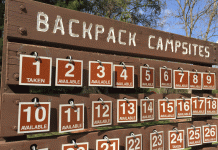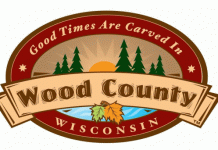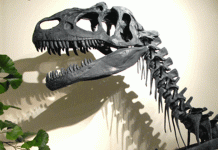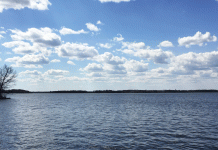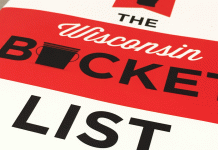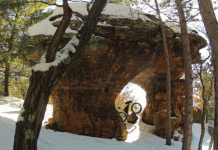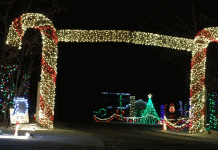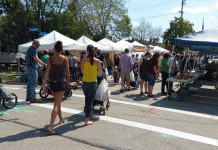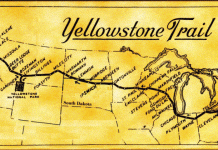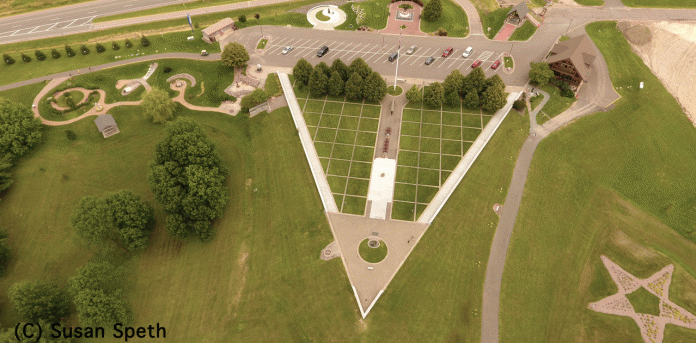Highground Serves as Place of Healing and Learning
Machines fight the wars, but it’s the humans behind those machines who bear the wounds.
The Highground in Neillsville is a place of healing and respite from the wounds of war. It is not a war memorial, but a veterans memorial that pays tribute to the sacrifices and service of the dead, missing in action, and survivors of war.
The park’s mission is to educate about the human cost of things and their vision is to honor courage and sacrifice “without either denying or glorifying the pain and suffering of war and of life.”
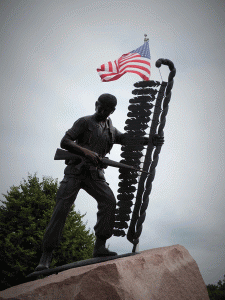 Located a few miles west of Neillsville off of Highway 10, the Highground pays tribute to veterans of WWI, WWII, Korea, Vietnam and Persian Gulf (Desert Storm to present). It includes a National Native American Vietnam Memorial, a Meditation Garden, a handicap-accessible Treehouse, an exact replica of the Liberty Bell (give it a ring), a dove-shaped Effigy Mound, a Learning Center (with a library) and four miles of hiking trails with two bridges.
Located a few miles west of Neillsville off of Highway 10, the Highground pays tribute to veterans of WWI, WWII, Korea, Vietnam and Persian Gulf (Desert Storm to present). It includes a National Native American Vietnam Memorial, a Meditation Garden, a handicap-accessible Treehouse, an exact replica of the Liberty Bell (give it a ring), a dove-shaped Effigy Mound, a Learning Center (with a library) and four miles of hiking trails with two bridges.
155-acre manned park is open and lighted all year, 24 hours a day. Audio tours are available from the gift shop, which contains tourist information and many military-related items. The tour will guide you through the various tributes, like the Nurse tribute, the Korean Veterans Memorial and the Ascension Doves.
The Stones create a paved walkway inscribed with names for lasting tributes that can be read about in the Registry, which allows families to tell their story through photos, letters, newspaper clippings, and personal thoughts. Stones are placed each month, and the stories can be read at the Highground Learning Center Library.
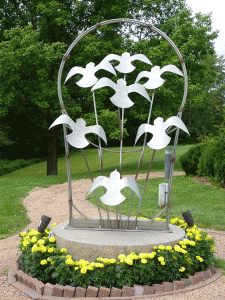 As the Highground pays tribute to military men and women, it also acknowledges their supporters at home. The striking Fountain of Tears in the Meditation garden carries the “tears” of the soldier at the top of the fountain, mourning over a fallen friend, to a small pool where a widow and her young daughter sit.
As the Highground pays tribute to military men and women, it also acknowledges their supporters at home. The striking Fountain of Tears in the Meditation garden carries the “tears” of the soldier at the top of the fountain, mourning over a fallen friend, to a small pool where a widow and her young daughter sit.
A Military Working Dog tribute is in the works, and the statue can be seen near the Liberty Bell. This tribute honors the scout, sentry, and tracking dogs that made a profound impact on the military, and their handlers.
The idea of the Highground was born on December 18, 1965, when Tom Miller held his injured and dying friend during the Vietnam War and vowed that his sacrifice would not be in vain.
Eighteen years later, Miller was unsuccessfully attempting to raise interest in a Vietnam memorial. The sacrifices of the Vietnam veterans during this turbulent time were not appreciated, and it took a while for even one person to become committed to the cause.
Finally, in 1984, he incorporated the Wisconsin Vietnam Veterans Memorial Project with a small group of people and the next year held the first Bikathon around the perimeter of Wisconsin. The route was 1,244 miles, the number of Wisconsin military personnel who were killed or went missing in Vietnam. The bike tour continued every year since then as a fundraiser for the memorial.
Potential sites in twelve different counties were considered, but Clark County’s central  location in the state and the support of the county were factors in its selection. Veterans from around the state could easily take a day trip to the park. The significance of the site being on high ground was not lost: in military battles, the high ground is considered strategically important. From the vantage point of the plaza, half a million acres of woodland and glacial moraine are visible.
location in the state and the support of the county were factors in its selection. Veterans from around the state could easily take a day trip to the park. The significance of the site being on high ground was not lost: in military battles, the high ground is considered strategically important. From the vantage point of the plaza, half a million acres of woodland and glacial moraine are visible.
Today, the Highground runs as a non-profit organization without federal or state funding, existing and growing through the efforts of volunteers and contributors.
The Highground Learning Center located near the gift shop building houses free exhibits throughout the year. The current exhibit is Long Shadow: The Murals of David Giffey. Giffey was a combat journalist with the Army 1st Infantry Division in the Vietnam War.
After the start of the Gulf War in 1991, he “was filled with anger and sadness” and began creating large acrylic paintings as an outlet, based on his wartime photographs.
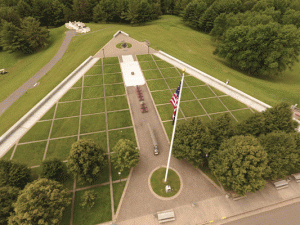 The loose-hanging canvases reflect his work as a muralist. Black-and-white photographs of the Vietnam War are placed next to the paintings they inspired, along with excerpts from his personal journal during the time.
The loose-hanging canvases reflect his work as a muralist. Black-and-white photographs of the Vietnam War are placed next to the paintings they inspired, along with excerpts from his personal journal during the time.
The exhibit is a reminder that, in the words of Giffey, “war casts a shadow of trauma,” a shadow that attaches itself permanently to the psyche of those who return.
Long Shadow is free and runs through the end of August. The next exhibit will feature glass-blowing creations.
My War, a collection of Vietnam War photographs, is available in the gift shop as well as Giffey’s Long Shadows: Veteran’s Paths to Peace.
For information about upcoming events, like the 33rd annual Highground bike tour (Aug 4-6), visit the website at www.thehighground.us/




